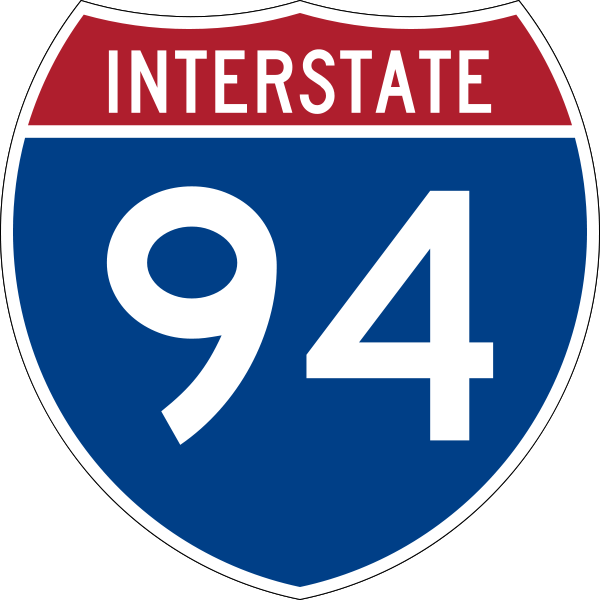Wisconsin Administrative Code Trans 233 defines the requirements that must be met when subdividing lands abutting the state highway system. WisDOT is responsible to enforce Trans 233 to preserve traffic flow, enhance public safety, and ensure proper highway setbacks and storm water drainage.


 Who does the rule affect?
Who does the rule affect?
The rule applies to landowners who intend to divide land abutting a state highway into five or more lots that are each 1.5 acres or less in size within a 5-year period. State highways are all numbered highways including interstate, U.S. and state highways as shown by the signs at the right.
When to contact WisDOT?
Landowners should contact
WisDOT's subdivision (Trans 233) staff as soon as they know how they want to divide their property. Before landowners expend funds on engineering or incur other related costs, WisDOT staff can conduct an informal "conceptual review." This review gives landowners an opportunity to provide input on how and where the safest location is to access the state highway system. Once a "final map" is developed to create the new lots, WisDOT staff will review the final map for Trans 233 conformance. WisDOT staff can also connect landowners to the state Department of Administration (DOA), which also reviews subdivision plats.
How long does WisDOT’s review process take?
WisDOT has 20 days to review a subdivision proposal. If the subdivision conforms to Trans 233, WisDOT issues a letter of certification. If the subdivision does not meet Trans 233 requirements, an objection letter is issued explaining what parts of the rule are not being met.
What are the major components of the Trans 233 rule?
-
Review. WisDOT reviews all subdivision plats abutting state highways for conformance with the rule. Along with state highway system segments in rural areas, the rule also applies to segments that extend through a village or city. A "conceptual review" can provide landowners early feedback on a subdivision proposal. Once a final map is provided, WisDOT has 20 days to complete its review.
WisDOT subdivision review request form
-
Access. Direct access to the state highway system from newly created lots is generally not permitted. The owner should determine alternative ways to provide access to the property. The preferred option is for the property to take access off an alternative street. New public streets created by a subdivision are the next preferred alternative. Joint driveways may be allowed if a special exception from the rule is requested and approved. Some developments may require a special traffic study.
-
Drainage. Drainage is evaluated to help ensure that storm water flowing from a new development does not damage a highway or its shoulders. It is advisable to discuss drainage issues with WisDOT regional office staff before submitting a subdivision for review.
-
Setback. Setbacks are areas abutting a state highway in which structures and improvements cannot be constructed. This provision does not apply to county highways or town roads. County or town officials should be contacted regarding their restrictions. In general, setbacks are 110 feet from the centerline of the highway or 50 feet from the right of way line, whichever is more restrictive.
-
Vision corners. Vision corners are triangular areas at intersections in which structures, improvements and landscaping are restricted because they can block the ability of motorists to see oncoming vehicles. Vision corners may be required when a permit is obtained or possibly sooner.
What happens if I don’t have WisDOT review my subdivision proposal?
If a subdivision is not reviewed by WisDOT and is subsequently recorded, a landowner will not receive a driveway or any other state highway related permit. For example, WisDOT cannot issue a utility permit for an uncertified subdivision. Utility companies must obtain a WisDOT permit before doing any work on state highway right of way. It may not be possible to provide utility service to a property if the service must come from lines on the state highway right of way. The subdivision and property must comply with Trans 233 before a permit is issued.
Landowners may be exposed to liability for drainage damage to the state highway or damage to their own property or a neighbor's property from unanticipated diversion or retention of surface water. There can be other adverse consequences relating to financing, property values, safely entering or exiting from the state highway, and the overall public interest and investment in the state highway.
Land division and subdivision background information
Review this
document provided by UW-Extension for additional information on this topic.
Questions?
If you have questions and/or need additional information about subdivisions/Trans 233, contact:
Michael Roach
(608) 266-2372
michael.roach@dot.wi.gov
or
Steve Sydow
(715) 836-3912
stephen.sydow@dot.wi.gov